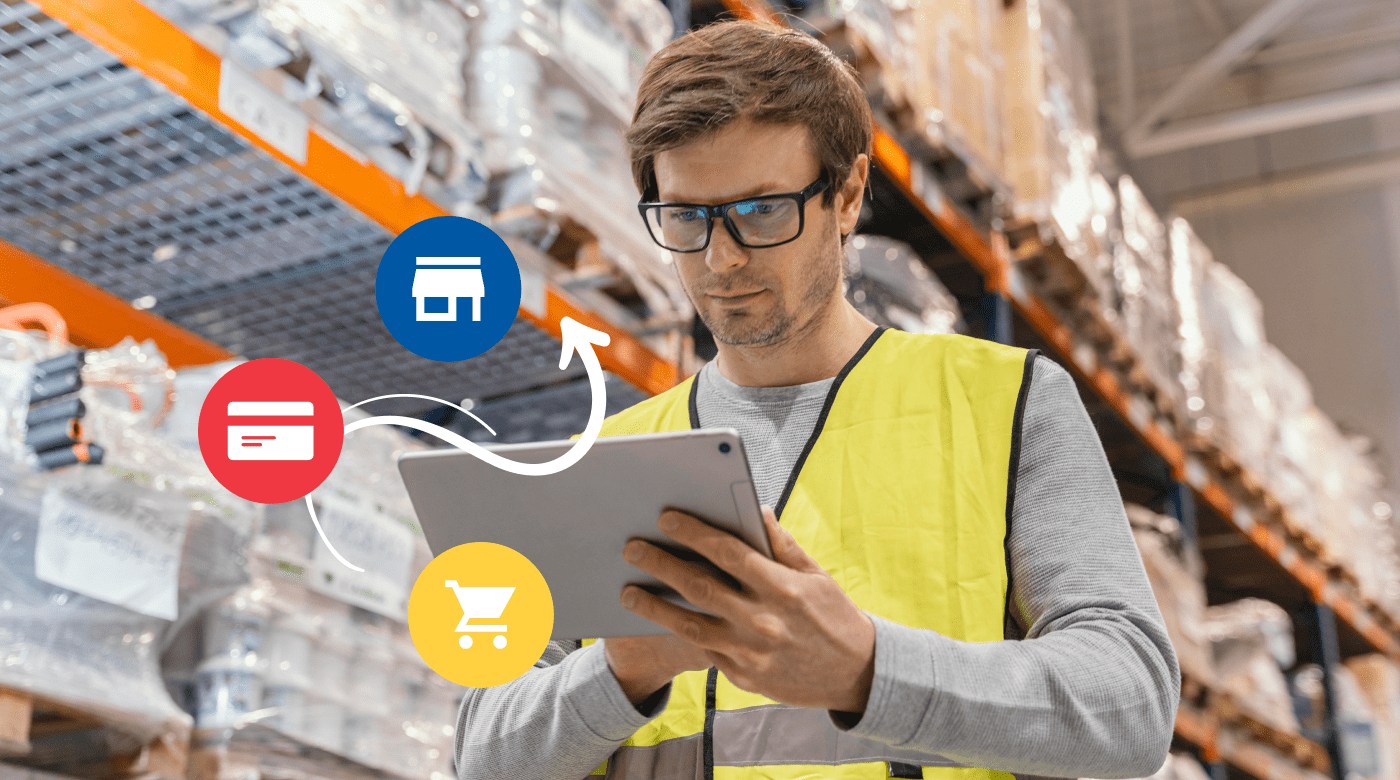No one wins when a business’s retail management is poor.
Customers get confused and even upset when they can’t find what they’re looking for or get the help they need. Staff is frustrated when they don’t know how to help a customer or resolve a conflict. When both parties are irritated, the business looks incompetent — both in-store and online.
So how can you provide the best retail experience for new and returning customers?
In this post, we’ll explain the importance of retail management, what it entails, and what it’ll look like in the future of retail.
What is retail management?
Retail management refers to the governance of a retail business’s daily operations. The primary goal for retail companies is to improve the customer experience.
The physical store, website, inventory, employees, and marketing all fall under the umbrella of retail management. Every piece needs to be on point and work together to create an enjoyable shopping experience for customers.
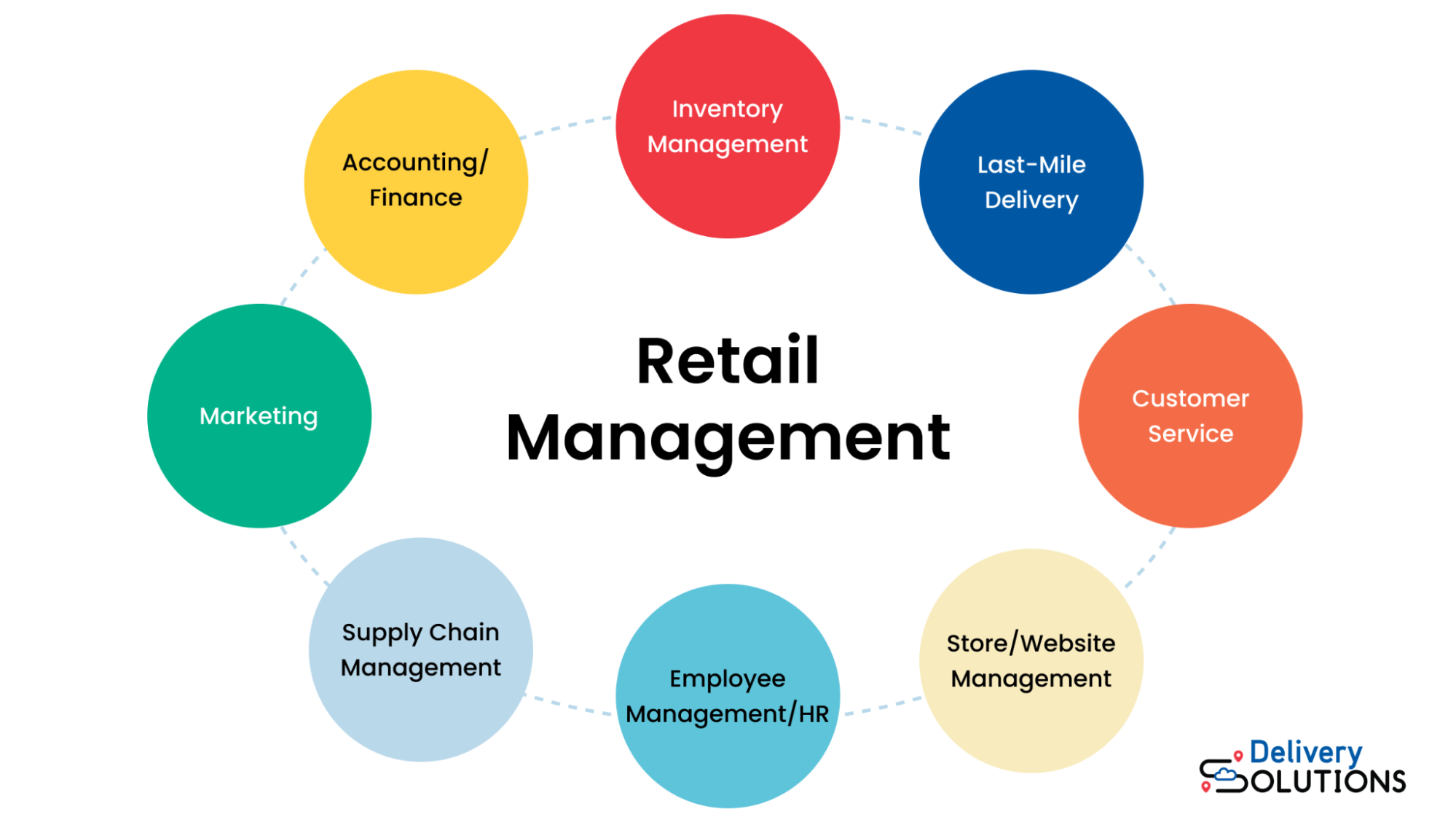
The effects of good retail management
Here’s a look at the role that retail management has on customers, employees, and businesses.
On customers
Shopping is more than the mere obtaining of goods — it’s experiential. The level of enjoyment a customer experiences while shopping impacts their behavior. 94% of customers say that their experience influences their purchasing decisions.
Customers are more likely to return if they have a pleasant experience with a brand. They’re also more likely to remain loyal if their order arrives in good condition and when expected.
Just one negative customer experience can cost you a customer’s loyalty, especially if the issue remains unresolved or mismanaged. 89% of consumers have switched from one brand to a competitor because of a negative customer experience.
On employees
Employees are a business’s lifeblood, ambassadors, and the living manifestation of the brand. As such, employee experience significantly influences the customer experience. 77% of companies are focusing on this concept to retain employees.
People stick with a company 41% longer when it hires internally than when it doesn’t. Today’s customer service representative, stocker, or cashier may be tomorrow’s sales manager, CEO, or franchise owner. Good retail managers recognize and nurture leadership skills in their staff.

Well-managed retail companies value employees as members of a team. They foster a sense of purpose and make staff members feel like contributors. They ensure the work adds to employees’ well-being rather than subtracting from it.
As a result, employees become confident, passionate, and energized. The workforce becomes more knowledgeable, skilled, and experienced. Leaders emerge. Quality of life improves while burnout and turnover decrease.
On businesses
Good retail management streamlines operations, reduces costs, and improves efficiency. It’s how you shape your in-store and online presence to dazzle, attract, and impress consumers.
Happy customers remain loyal to your brand and enthusiastically tell others about it. 77% of customers who have had a positive experience with a brand will recommend it to someone they know, and 72% will refer at least six people.
Positive word-of-mouth advertising and return customers help build your industry reputation. Your business becomes well-known for delivering an excellent customer experience and quality products.
Brands that focus on customer experience are 60% more profitable and see an 80% increase in revenue. This increased revenue creates growth opportunities, such as expansion, diversification, innovation, and evolution.
The responsibilities of retail management
Retail management encompasses four main areas: the shopping experience, customer service, employee management, and overall business operations.
The shopping experience
Leave a good impression on customers from the moment they visit to the moment their purchase is in their hands (and beyond).
Design and layout
Physical retail stores convey their brands’ essence, tell their stories, and evoke a particular tone. They do this by leveraging the following design elements:
- Color scheme: Triggers certain emotions and shopping behaviors.
- Sensory effects: Lighting, music/audio effects, scent, visuals, tactile elements.
- Display: Merchandise organization and presentation.
- Store layout: Steers customers through the store and directs their attention to what they want and where they can find it.
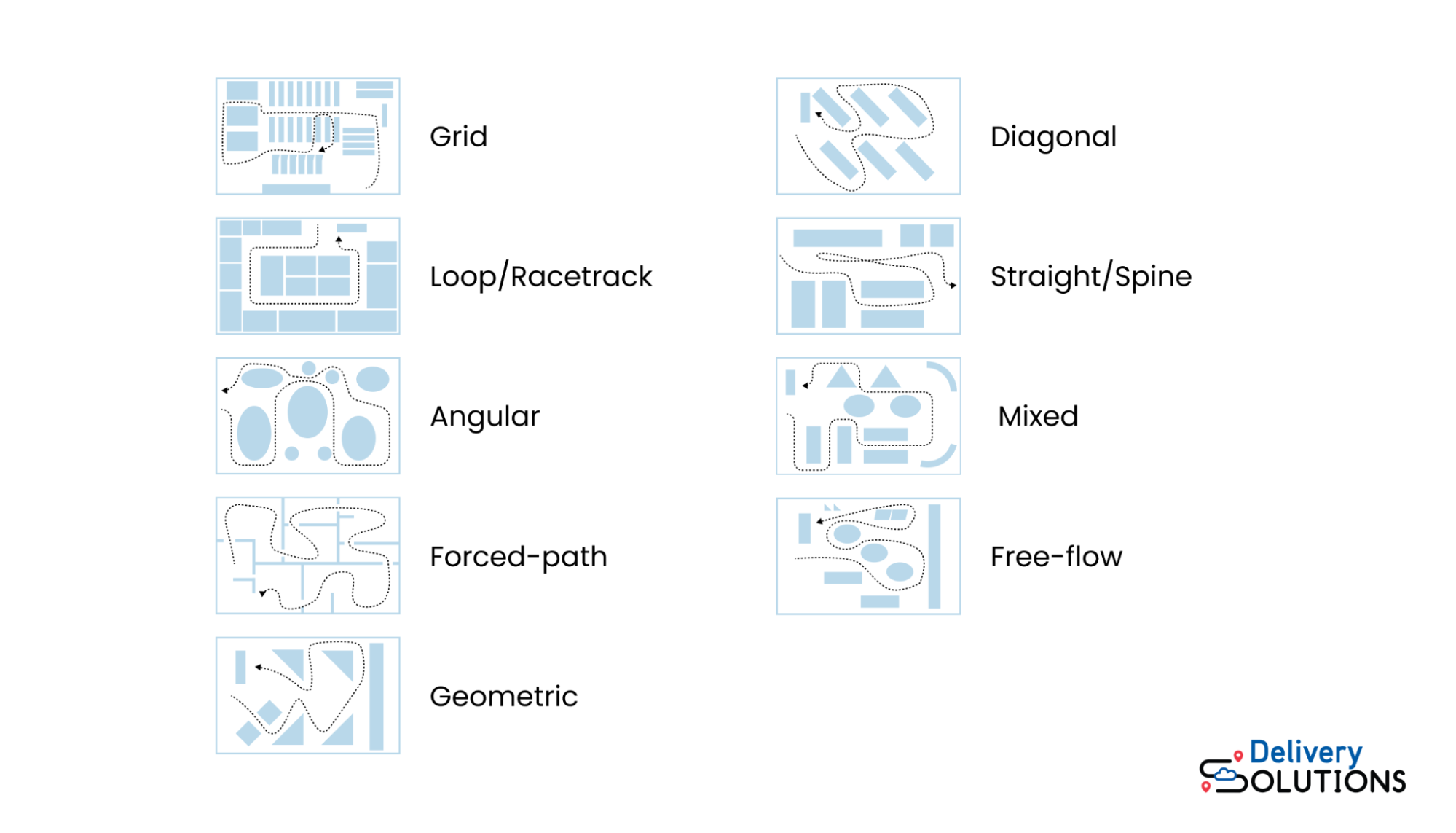
53% of customers prefer to buy online rather than in-store.
Web-based brands with no physical store use incredible digital design and thoughtful site organization to engage visitors. Businesses with both mediums ensure the store’s vibe and the brand’s identity translate to the website as much as possible.
The following factors are also crucial for retail websites and affect customer engagement:
- Load speeds
- Mobile-friendliness
- Intuitive interface and navigation
- Checkout experience
Inventory management
The following variables are critical to inventory management:
- Stock: Filling shelves, maintaining displays, and reordering stock to avoid understock or overstock.
- Storage: Maintaining suitable storage areas accessible to staff but out of sight and reach of customers.
- Pricing: Applying price tags, updating pricing to reflect sales and retail industry changes, and promoting coupons, store cards, and rewards/loyalty programs.
- Quality control: Examining merchandise and keeping it in pristine, functional condition.
Product availability, quality, and pricing on your website should sync with what’s in store in real time. 55% of consumers browse online and then check the item’s in-store availability. Quality influences 58% of consumers to switch brands, while availability influences 46% to switch.
Omnichannel shopping and fulfillment
Consumers prefer and expect options. 54% are likely to buy an item in-store after looking at it online, while 53% are likely to buy an item online after seeing it in-store. 78% of consumers have used more than one channel to purchase a product.
Customers want as much flexibility in receiving their purchase as they do in making it, and 52% select where to shop based on a store’s delivery options. In response, 53% of retail brands invest in omnichannel tools like Shopify and Delivery Solutions.
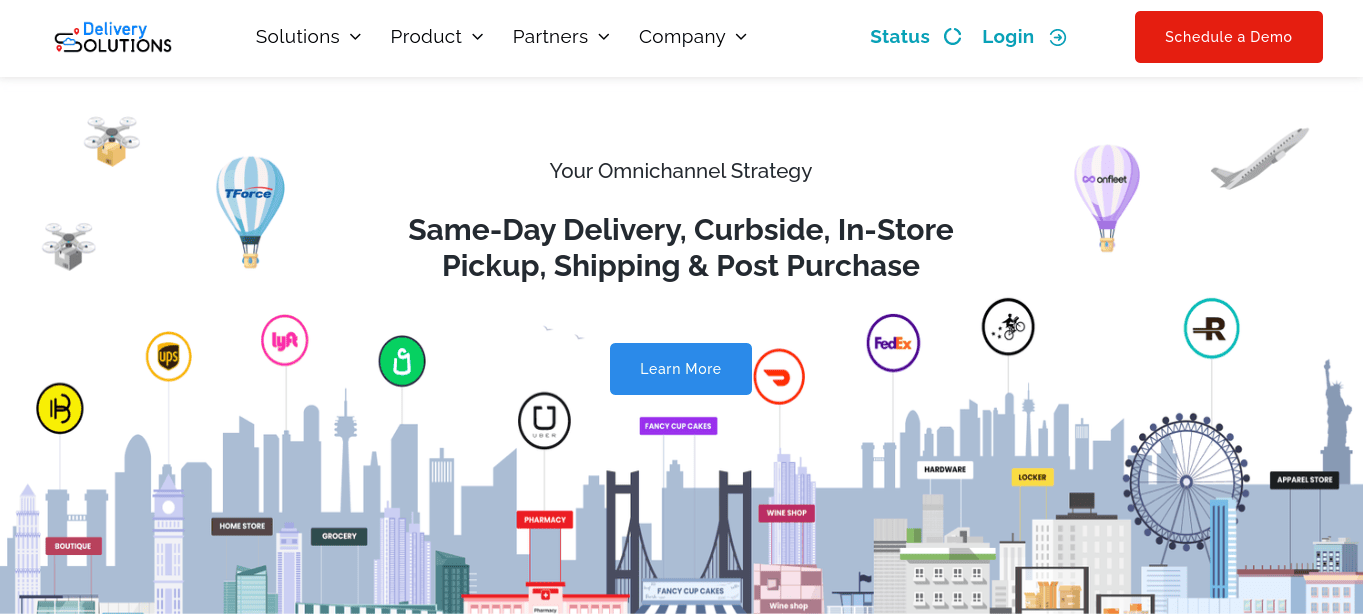
Returns
The desire for choices extends to returns as well. 47% of consumers are much more likely to purchase a product online if they can return it in-store. Tools like Delivery Solutions can ease the returns experience for you and your customers.
Customer service
Previous customer service experiences influence brand loyalty for 94% of consumers. 82% have made referrals based on top-notch customer service.
Customers rely on your team throughout all stages of their shopping experience, including:
- Guidance, help, and recommendations
- Checkout
- Delivery and shipping questions
- Returns
- Product or store inquiries
They value the ability to get assistance at any time through any channel.
For example, shoppers on Backcountry can contact the company on their preferred channel:
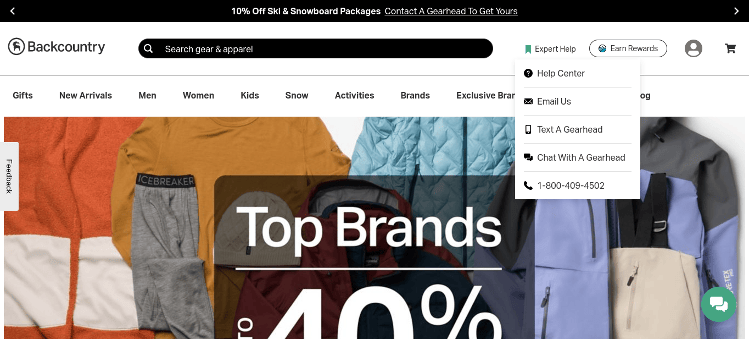
Conflict resolution is an essential skill for customer service agents. It’s easier (and cheaper) to retain an existing customer than to gain a new one. How a retail business addresses customer complaints can also affect its reputation since a customer who has complained may share their experience online.
So a business should always strive to flip negative experiences into positive ones to keep returning customers. 80% of consumers will forgive a company for an issue if they respond with excellent customer service.
Delivery Solutions helps customer service teams with post-purchase communications and last-mile delivery issues.
Employee management
A happy, engaged, empathetic, and well-trained staff goes a long way in improving the customer experience.
Staffing
- Hiring: Retail managers should evaluate experience, skill, values, personality, and goals to hire the right people.
- Onboarding: New hires should learn the skills they need to succeed, gain product knowledge, and develop a complete understanding of the brand, mission, operations, and policies.
- Supervision: Managers should encourage productivity, integrity, empathy, and drive within their team.
Training
Thorough and ongoing training prepares employees to address nearly any issue, even as the business grows and evolves.
Retail managers and staff should also feel comfortable and confident adapting to new tech. These advancements streamline operations, improve customer experience, and make life easier for everyone.
39% of retail companies plan to improve and update their current tech, including their virtual sales and customer service tech. 52% are investing in tools to help their staff facilitate virtual sales, and 40% plan to invest in training to use this tech.
Employee experience
- Compensation: 36% of employees quit due to inadequate compensation. On the other hand, brands that compensate well have a 56% lower employee turnover rate.
- Workplace culture: 56% of employees value a diverse and inclusive workplace culture.
- Management: 34% of people have quit due to “uncaring and uninspiring leaders.”
- Upward mobility: 41% of employees have quit due to a lack of internal growth and advancement opportunities. But internal hiring improves employee retention, accelerates the hiring and onboarding process, and shortens the learning curve.
- Work/life balance: 52% of employees base their decision to stay or leave based on a company’s flexibility in scheduling, hours, or remote/hybrid work options.
Overall business operations
Retail management extends beyond the shop itself to more foundational elements of operations.
Competitor monitoring
- What is the competition in your field doing to attract and delight customers?
- How can you outdo them?
- How can you differentiate your brand from theirs to create a unique brand experience?
- Solutions like AlphaSense or Kompyte can provide critical insights into your competitors.

Advertising/marketing
- Identify and address pain points.
- Go where your customer pool is (e.g., social media platforms, mobile apps, email, streaming platforms, blogs, TV channels, radio stations, or physical event locations).
- Speak the language of your niche.
- Maintain brand identity across all mediums.
Accounting/finance
- Where are you generating the most revenue? How can you increase it further?
- Where are your expenses highest? Can you shave costs there without losing value?
- Where do you see deficits? What ventures can you salvage and reshape, and what ones do you need to scrap entirely?
Supply chain logistics
- Forming partnerships with manufacturers and suppliers
- Communication with manufacturers and suppliers
- Transportation costs and visibility
- Warehouse management and quality control
The future of retail management
68% of consumers have purchased some new technology or service over the past two years. Industry leaders expect the use of these technologies to increase moving forward.
The metaverse
With the dawning of Web3 and the metaverse, the next frontier of the internet, retail companies should start considering the implications on the future of the retail industry.
Last year, 77% of gamers participated in non-gaming activities within the virtual world — a 17% increase from the previous year. A fraction of virtual reality (VR) users are even browsing and shopping there. 32% have bought something while shopping in VR, and 19% have purchased luxury goods.
Emerging possibilities for virtual retail experiences include:
- Browsing, testing, and buying products via avatar for fulfillment in real life
- The sale of banded digital products
- Unique shopping experiences unbound by the physics of the natural world
- Interactive promotional events
Current omnichannel fulfillment options now extend to include metaverse purchases. One example of shopping through a virtual platform is Metaverse Fashion Week. It takes place in Decentraland and uses Boson Protocol for transactions.

Retail management implications of the metaverse include:
- A virtual store design and layout
- Marketing in the virtual world and promoting the virtual store in the physical world
- Data and digital asset security
- Changes to inventory and supply chain management
- Expanded training for employees who’ll interact with and support this tech
- Measuring the ROI of metaverse real estate and operations
Since this technology is still developing, brands need to manage their expectations as they plan. People are still testing the waters and deciding how they feel about the metaverse. Carefully gauge the response to this technology as a whole and the specific virtual worlds within it.
- The top three opinions of the metaverse are 1) not as good as reality, 2) the future of technology, and 3) a new way for tech companies to make money.
- The top five sentiments toward the metaverse are 1) curiosity, 2) disinterest, 3) suspicion, 4) concern, and 5) indifference.
- In January 2022, 62% of people had either never heard of the metaverse or had heard of it but weren’t familiar with it.
- Most people don’t consider cheaper VR headsets, more content, use by family and friends, employer use, or government regulations to be important factors at all in deciding whether to use the metaverse.
- As of March 2022, only 2% of retail companies, 3% of manufacturers, 5% of transporters, and 7% of tech and innovation companies have invested in the metaverse.
- ~22% of global businesses already invested in the metaverse consider it the future, ~22% view it as full of opportunities, and over 16% see it as a new way of doing business.
Augmented reality
Meanwhile, augmented reality (AR) is taking off. AR enables you to view what a virtual, scaled version of a real-life product looks like in your physical environment.
Consumers get to try before they buy without the added cost to the business of sending out merchandise that gets sent back used. According to conversion stats from Vertebrae’s clients, AR helps reduce the number of returns and increase customer satisfaction.
And the number of mobile AR user devices worldwide is expected to increase substantially from year to year. Hundreds of brands, including IKEA, Glasses.com, and Sephora, are already reaping the benefits of this technology.
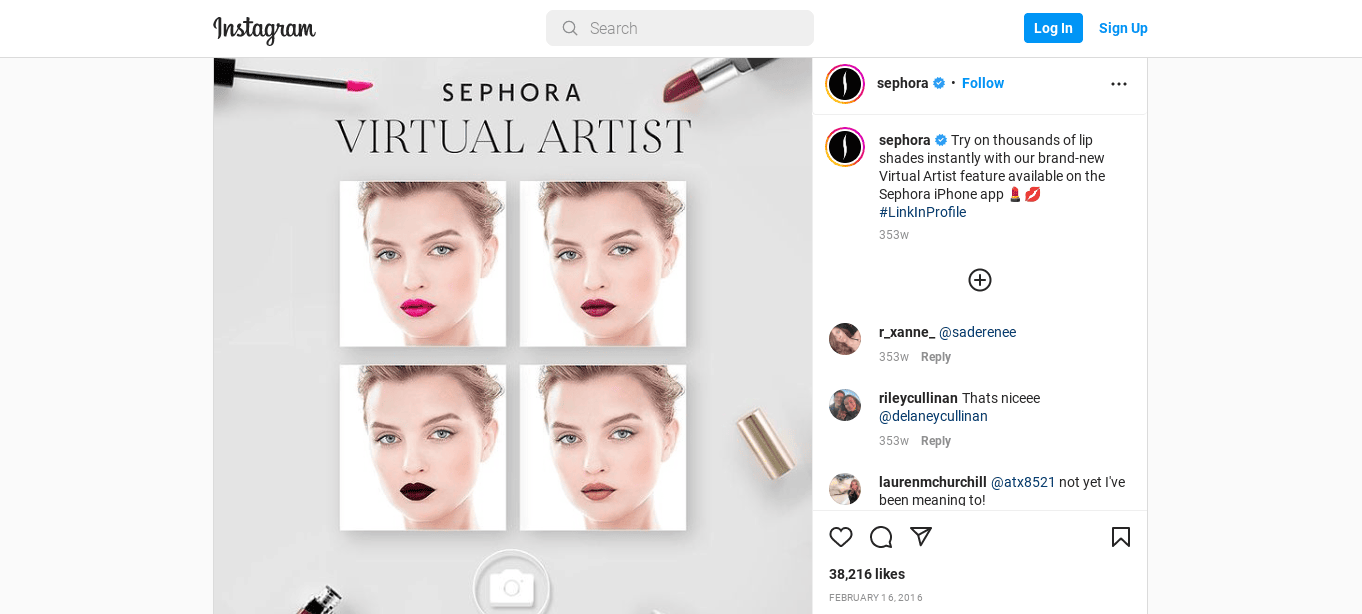
Retail management with AR includes:
- Management of the AR software through your website, your store’s mobile app, or social media
- Training staff to use this software for in-store appointments and customer service calls
- Changes in inventory and supply chain management
- Measuring the ROI of using AR
Revamp your retail management today
The primary goal of retail management is customer satisfaction. Ensuring a positive experience from the first encounter through purchase fulfillment will help grow your retail business.
Technologies that help streamline all the aspects of retail management make this much more manageable. Delivery Solutions can help you optimize a few of these areas.
Schedule a demo and learn how Delivery Solutions can help improve your retail management.
Delivery Solutions orchestrates fulfillment experiences for enterprise retailers, supplying flexible optionality for consumers and priming merchants for innovation at scale.
Ryan Caldarone
Ryan is a Sr. Digital Marketing Manager with over ten years of experience in B2B eCommerce, specializing in brand storytelling and content. Having contributed to hundreds of creative projects for SMBs and startups across the tech, energy, and fine arts sectors, Ryan brings diverse perspectives.
Topics from this blog: Retail Management
